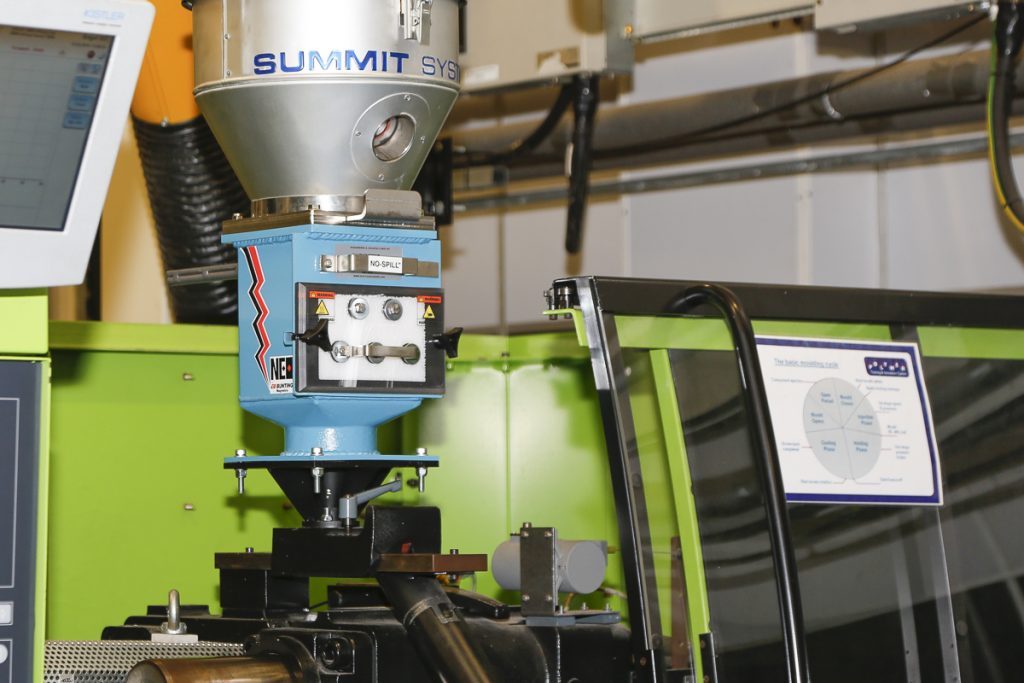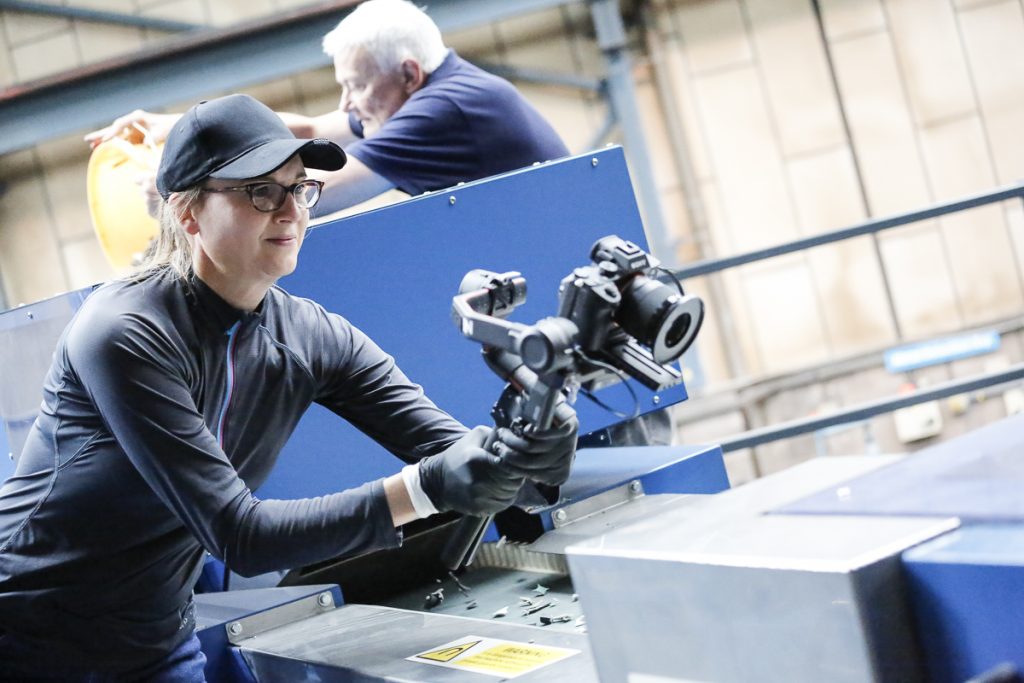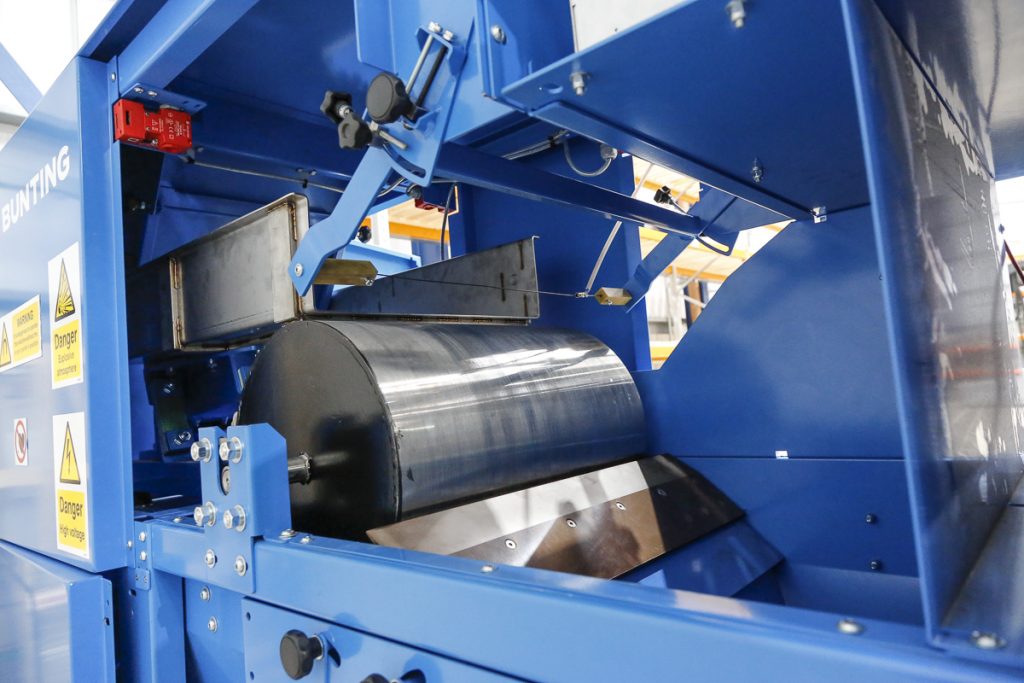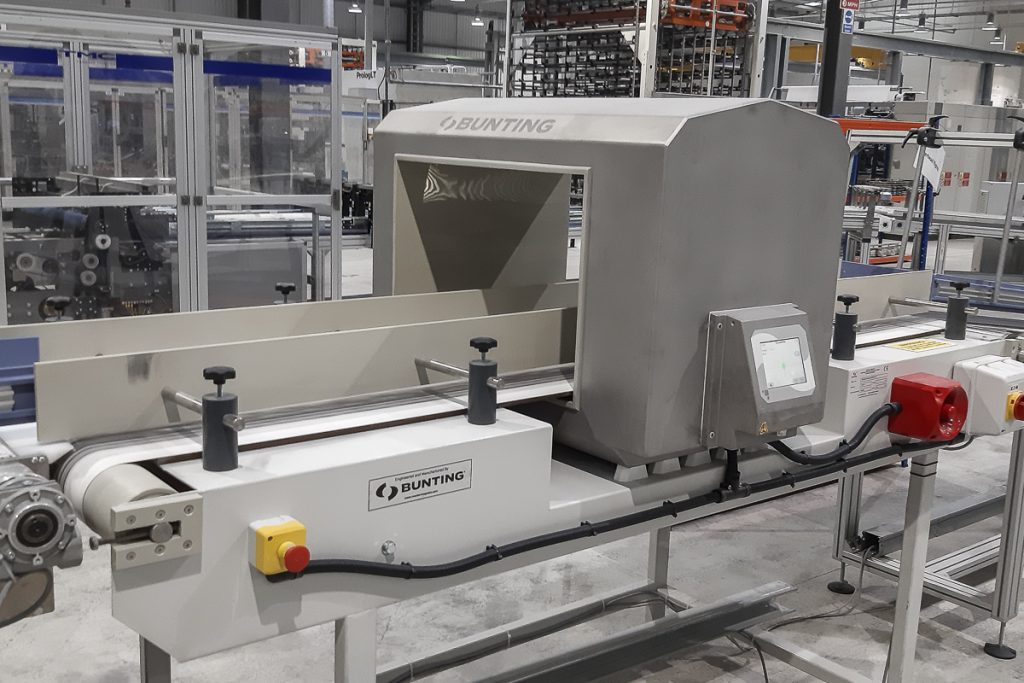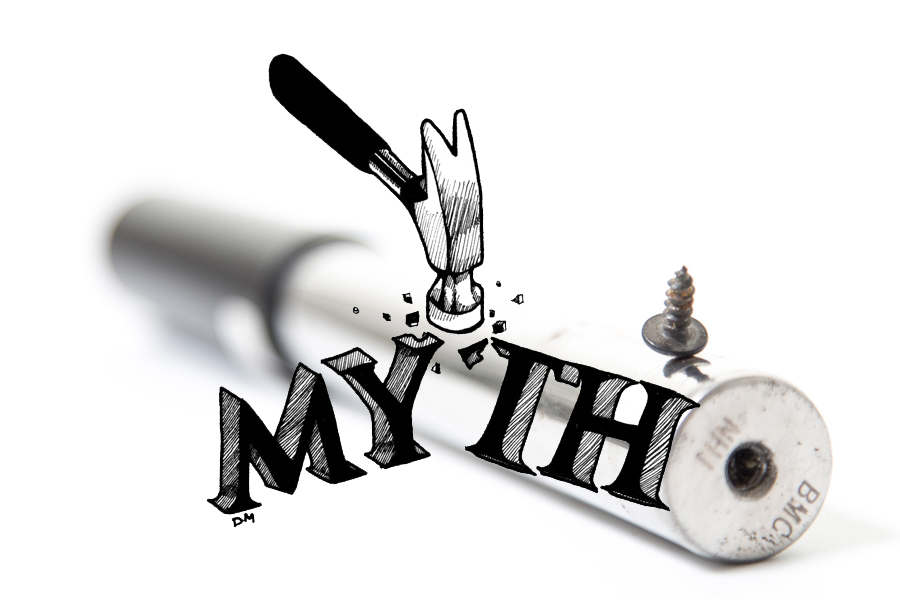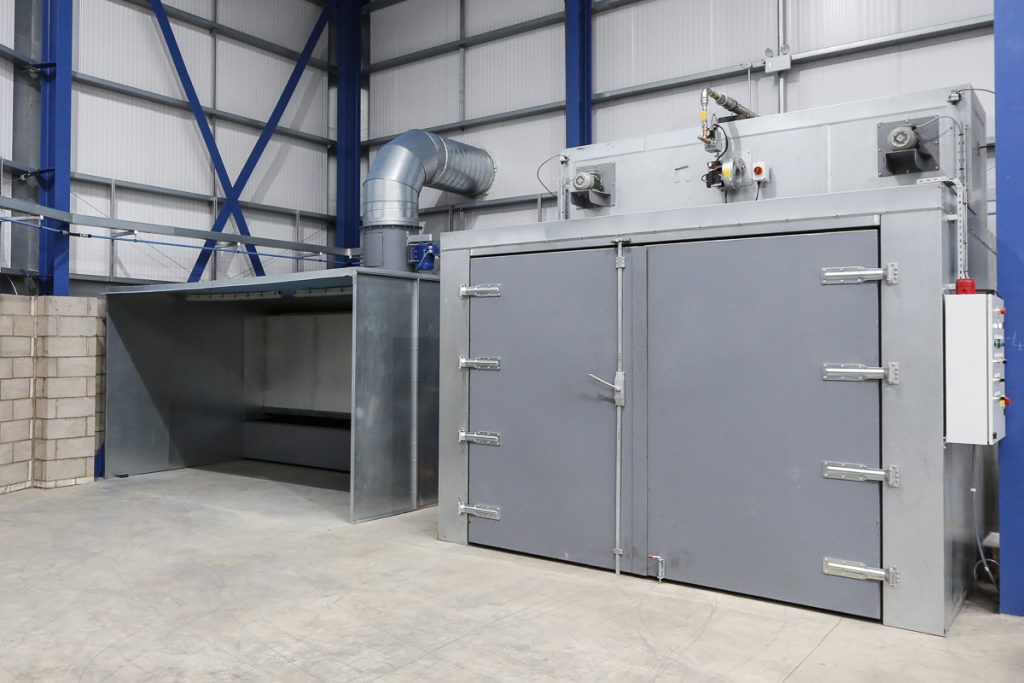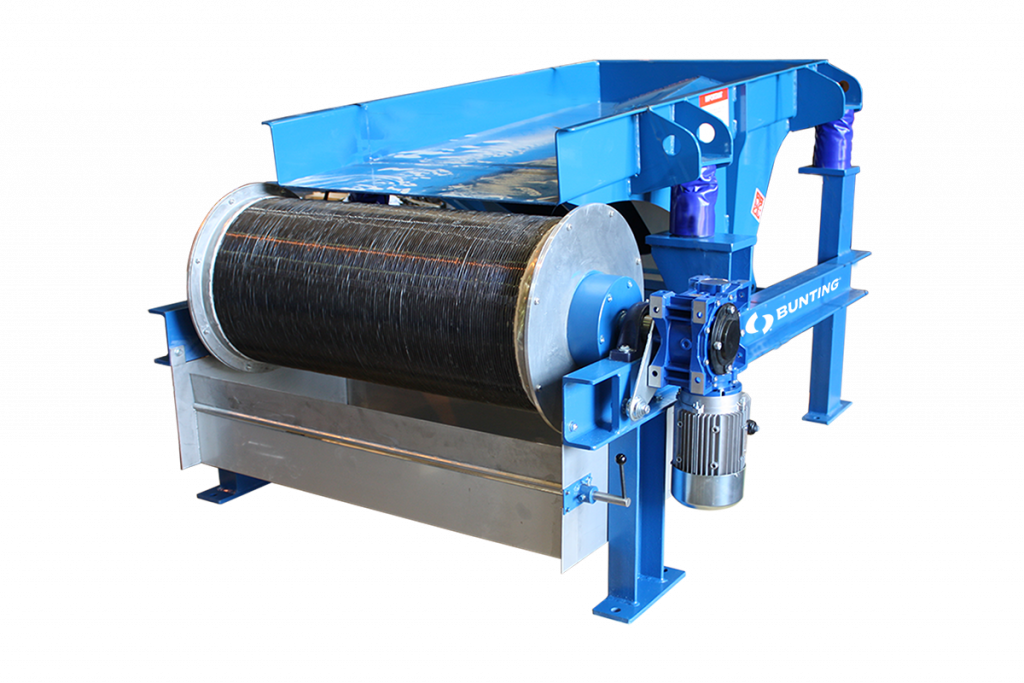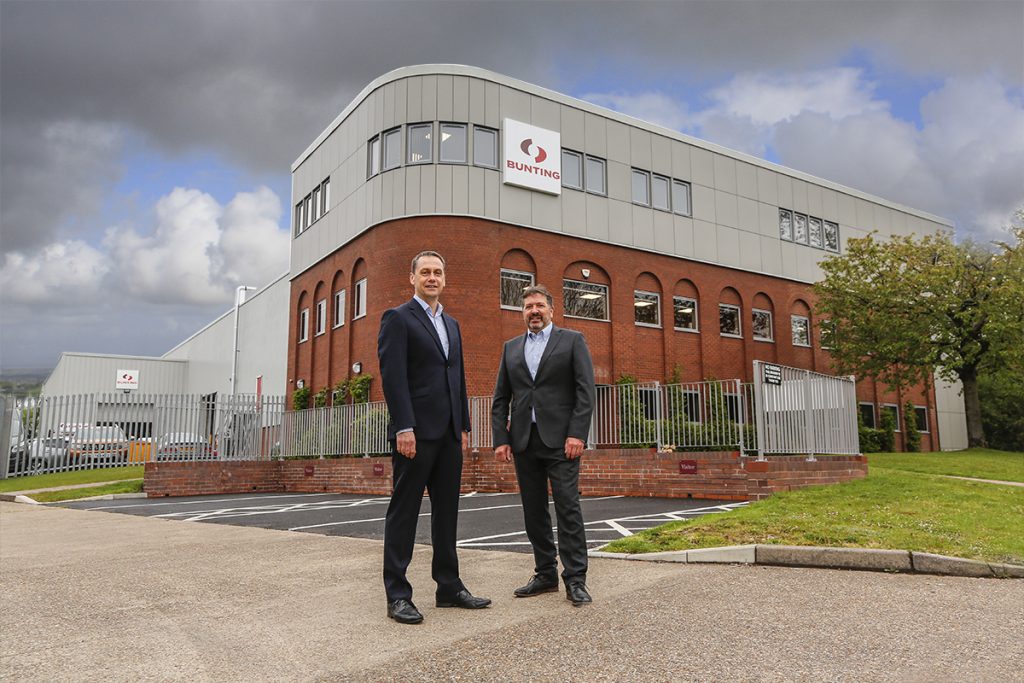Posts by Paul Fears
Metal Contamination Solutions at Interplas 2021
Efficient and proven methods of removing metal during plastics manufacture or recycling is showcased on Bunting’s ‘Protect, Prevent & Purify’ stand (H11) at the Interplas plastics exhibition (28th to 30th September, NEC, Birmingham, UK). Interplas is the UK’s leading plastics industry event and an exciting showcase for the manufacturing processes, technologies, and services essential to…
Read MoreHitachi High-Tech Analytical Science Film Handheld XRF Analyser at Bunting
Bunting welcomed the Hitachi High-Tech Analytical Science team and a film crew to their recently extended Redditch manufacturing facility. In the Customer Experience Centre and goods inwards, Bunting uses a Hitachi High-Tech X-MET8000 handheld X-ray Fluorescence (XRF) analyser. The film crew recorded the Bunting team using the equipment, both in controlled laboratory testing of customer…
Read MoreDiscover Metal Separation at RWM 2021
After a year missed due to the pandemic, Bunting is back exhibiting at the RWM show at the NEC in Birmingham, UK (22nd to 23rd September 2021) on stand 5-R10. For the first time, Bunting is showcasing their revolutionary Electrostatic Separator, as well as other advanced technology for metal separation and recovery. ElectroStatic Separator at…
Read MoreTissue Company Installs Bunting Metal Detectors
A UK-based toilet tissue, facial tissue, and kitchen towel manufacturer has installed four (4) Bunting meTRON 07 CI Metal Detectors with integral conveyors. With the health and safety of customers and users being paramount, the new Metal Detectors identify any final packed products contaminated with metal prior to leaving the manufacturing plant. Upgrading Metal Detectors…
Read MoreFive Magnetic Separator Myths
Often ascertaining the best Magnetic Separator for any given application is not straightforward. To complicate the decision-making process further, many companies supplying magnetic separators provide a wealth of information such as Gauss levels and the amount of metal that the Magnetic Separator can actually capture. Such details are often difficult to verify and may even be meaningless. In this…
Read MoreNew Powder Coating Plant at Bunting-Redditch
The newly refurbished and extended Bunting-Redditch facility now includes a new powder coating plant. Powder coated painting produces a top quality finish and further enhances Bunting’s manufacturing standard. The Powder Coating Plant, installed by PB Metal Finishing Engineers, includes a gas-heated, air-circulated box oven; a water wash booth; a powder machine; and control panel assembly. …
Read MoreGetting Metal Out of Spices
Most households have a collection of spices in one of their kitchen cupboards. Adding spices to food when cooking is not only a common practice, but essential for most culinary enthusiasts. But how are the spices processed and prepared? Spices are commonly grown in the tropical regions of the world, with some thriving in the…
Read MoreWire Wrapped Drum Magnet Benefits
Robust and with a high-intensity magnetic field: the Wire Wrapped Drum Magnet bridges the gap between standard Neodymium Rare Earth Drum Magnets and magnetically powerful Rare Earth Roll Magnetic Separators. Drum Magnet Technology A permanent Drum Magnet features a stationary magnetic element mounted inside a rotating non-magnetic shell. In operation, the magnetic element projects a…
Read MoreExtended Bunting-Redditch Facility Officially Opened
After twelve months construction work, Bunting’s European Managing Director Simon Ayling officially opened the extended Bunting-Redditch facility. The revamped facility includes additional manufacturing and storage space, a new ‘Customer Experience Centre’, and a third floor of offices. “Despite delays and challenges due to the Covid-19 pandemic, we now have a state-of-the-art manufacturing facility, which is…
Read MoreGetting Metal Out of Beer
Thankfully, it is very unlikely that you will ever find a piece of metal in your glass of beer. However, when tramp metal (in the form of screws, nails, broken process plant, etc.) is accidentally introduced during the brewing process, it damages processing equipment and can even affect the taste of the beer. In this…
Read More